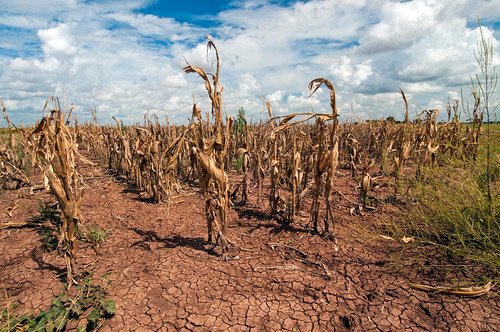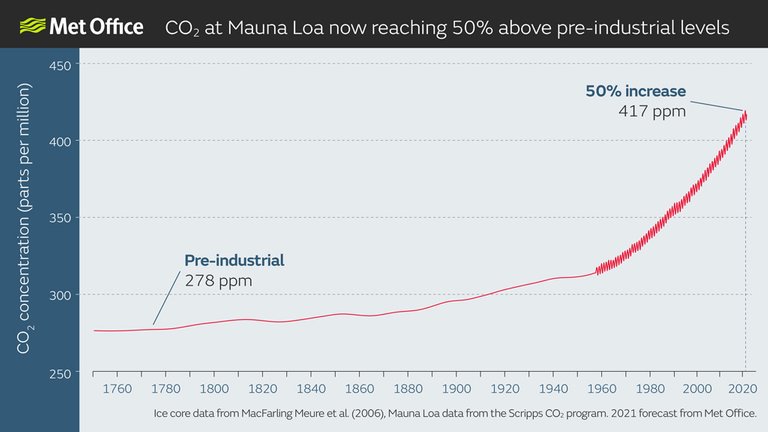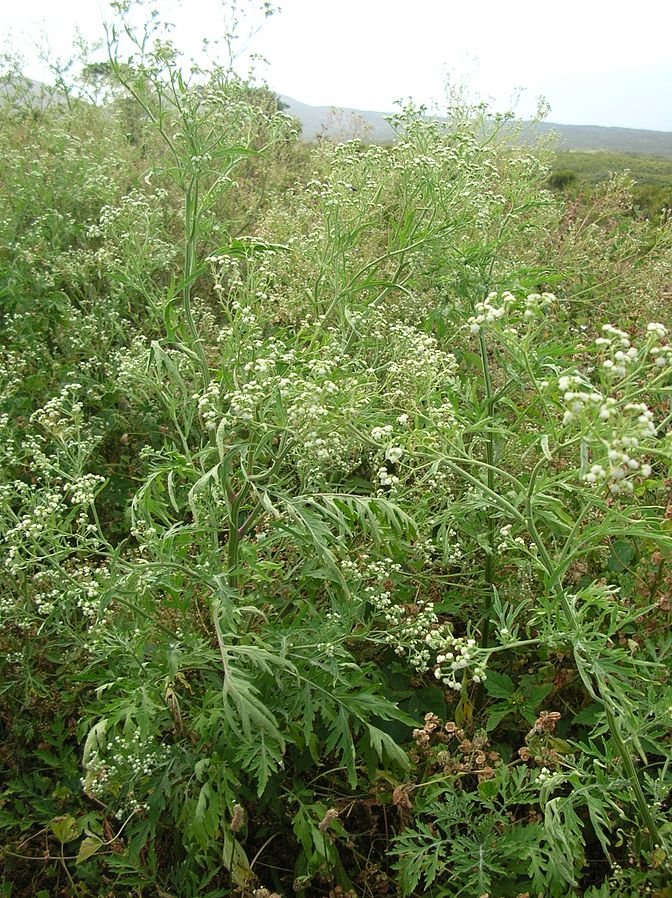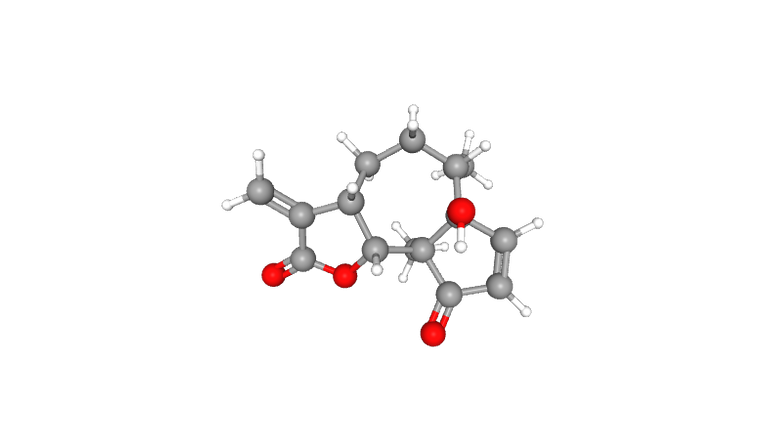
Droughts, rising temperatures, and extreme weather negatively impact plants
Source ; Public Domain
The recent concerns shown by the human race as regards Climate Change is commendable. The issue is undoubtedly detrimental to the ecosystem, and its impact on plants does not appear to be straightforward. Increased CO2 levels can actually benefit certain plants since it is used for photosynthesis, causing them to grow more quickly. In aggregate, this might be a significant issue, as quicker growth is not always a positive thing. It can have unanticipated consequences, altering how plants create beneficial or poisonous substances, thereby upsetting the delicate balance of their environment.

Gas proportions in the Earth's atmosphere.
Source ; Public Domain
CO2 occupies a relatively small proportion of the atmosphere in comparison to other gases, accounting for only around 0.04 percent of all gases. However, it has been steadily increasing since pre-industrial times. CO2 levels were thought to be around 280 parts per million before to the industrial revolution, but are today ranging between 415 and 420 ppm. This means that CO2 levels are 1.5 times what they were prior to the Industrial Revolution.

Global atmospheric CO2 concentrations from 1700 to 2021. Source: Met Office
The huge increase spurred researchers to investigate the consequences of elevated CO2 on plants, resulting in some startling findings. Certain vegetables become less nutritious when CO2 levels rise, although the cause for this remains unknown. However, it means that increased CO2 levels may result in a decrease in the quantity of nutrients we obtain from our food. This is a major issue, particularly in areas already experiencing food insecurity. The tendency is also evident in tobacco plants, which generate less nicotine when exposed to rising CO2 levels.
The effect of increasing CO2 levels is not necessarily uniform across plant species. This is evident in plants such as Sweet Wormwood, which produces greater amounts of their active component "Artemisinin" in response to increased CO2 levels. Artemisinin continues to be extremely beneficial in the treatment of malaria, with increased production from Artemisia in high CO2 conditions. The same goes for Wild Poppy, which produces more opium-related compounds when CO2 levels are elevated.
The present data leaves us in the dark about how plants may evolve in the future. What we do know is that increased CO2 levels can potentially make certain plants more harmful in some circumstances! Famine weed is a plant endemic to Central America that is controlled by creatures that feed on its leaves, such as Parthenium hysterophorus (Parthenium Beetle). However, once the plant leaves its original environment, it becomes a dangerous intruder, invading Africa, Australia, and the Indian subcontinent.

Parthenium hysterophorus
Source ; License
The plant generates a highly toxic toxin called parthenin, which inhibits the growth of other plants in the vicinity of the Famine Weed. The toxin aids in the plant's rapid expansion by eliminating competitors, and it also makes the plant less appetizing to herbivores! Additionally, the hazardous chemical has been linked to asthma and skin irritations in people. I think this is a win-win situation for Famine Weed!

Ball and stick 3D Structure of Parthenin red-oxygen; grey-carbon; white-hydrogen)
A study on the spread of Famine weed in Australia was published in Nature Plants in 2021. Two biotypes of the plant were purportedly introduced into the country in the 1950s, but one thrived and launched an invasion effort. A critical examination of the study's data indicated that the invasive biotype produced significantly more Parthenin than its non-invasive equivalent. Additionally, it was discovered that CO2 levels can affect how parthenin is produced by plants! Prior to industrialization, the invasive biotype produced less parthenin than it did in the wild, but when CO2 levels were increased, the amount of parthenin produced by this biotype increased as well.
On the other hand, when exposed to similar conditions of increasing CO2, the non-invasive biotype did not enhance the amount of parthenin produced. This suggests that the invasive biotype has probably adapted by exploiting the high levels of CO2 in the atmosphere as a source of carbon for enhanced manufacture of Parthenin, hence increasing its toxicity and invasiveness. This could also apply to a variety of other hazardous plants, allowing them to manufacture more poisons, which protects them from predation or gives them an advantage over other plants.
This could also be a concern for native ecosystems, since the presence of a plant outcompeting others could be extremely disruptive to the ecology as a whole. Certain plants, such as Famine Weed and Poison Ivy may have adapted to the high carbon conditions in the atmosphere. This is just another reminder that combating the climate catastrophe requires us to pay close attention to what is actually happening, rather than speculating about what may happen in the future.
It is only necessary that in our search to comprehend the climate crisis's components, we investigate how rising CO2 levels affect the physiology of plants, as we continue to feed them more CO2 than they require, which, as we have shown, may not be helpful. Therefore, do you believe that we should be concerned? What efforts can we undertake to assist in resolving this perilous situation? It remains a puzzle for us all to solve. Perhaps a "decentralized" strategy could be taken here... hmm?
I appreciate your time in reading. I eagerly await your comments and reblogs! Cheers!
You can refer to texts from here for more info:
--Recent CO2 levels promote increased production of the toxin parthenin in an invasive Parthenium hysterophorus biotype
--What Climate Change Feels Like: A More Toxic Poison Ivy
--Study: Climate change makes our food more poisonous
--Climate change
--Met Office: Atmospheric CO2 now hitting 50% higher than pre-industrial levels
--Climate Change: Atmospheric Carbon Dioxide
--Parthenium hysterophorus
--Toxic Potential and Metabolic Profiling of Two Australian Biotypes of the Invasive Plant Parthenium Weed (Parthenium hysterophorus L.)
